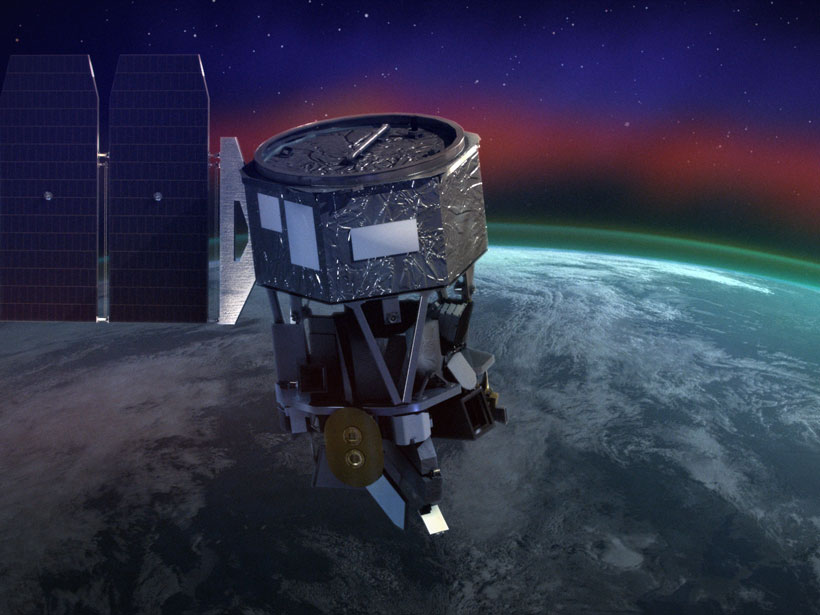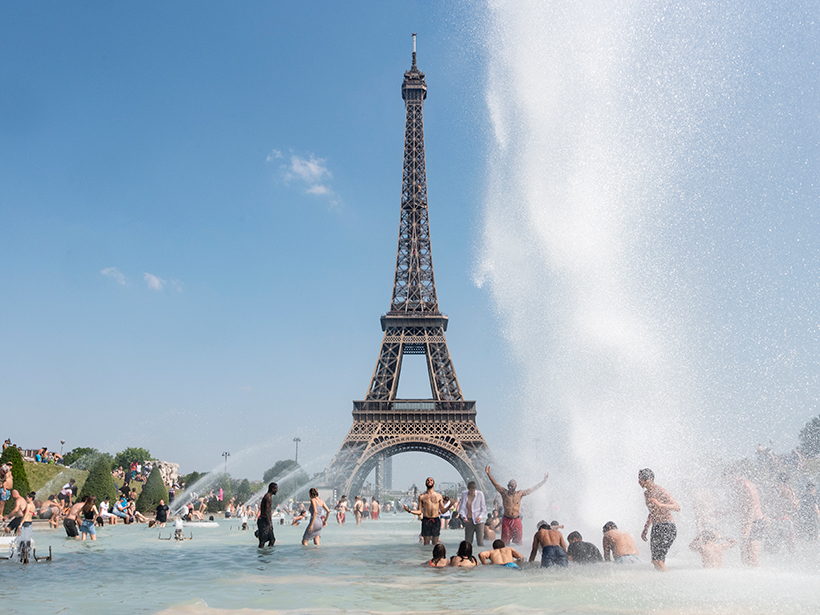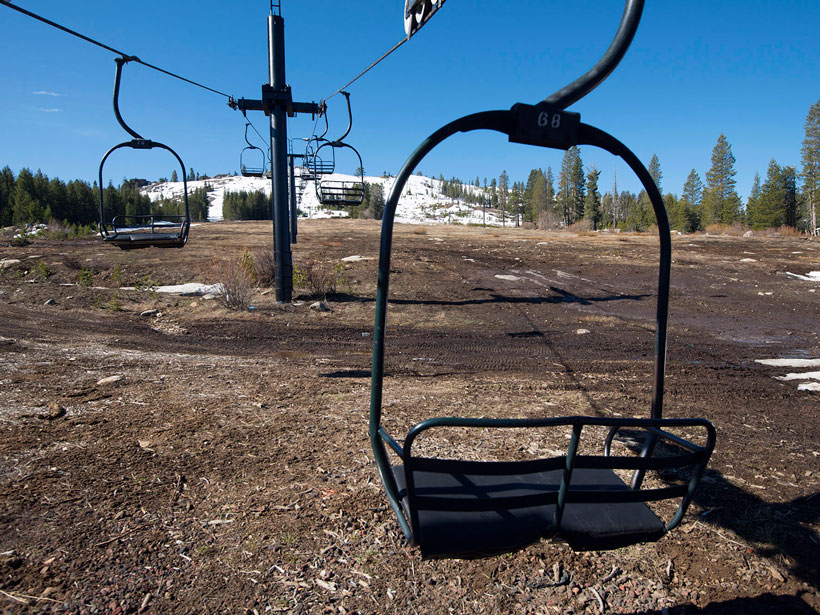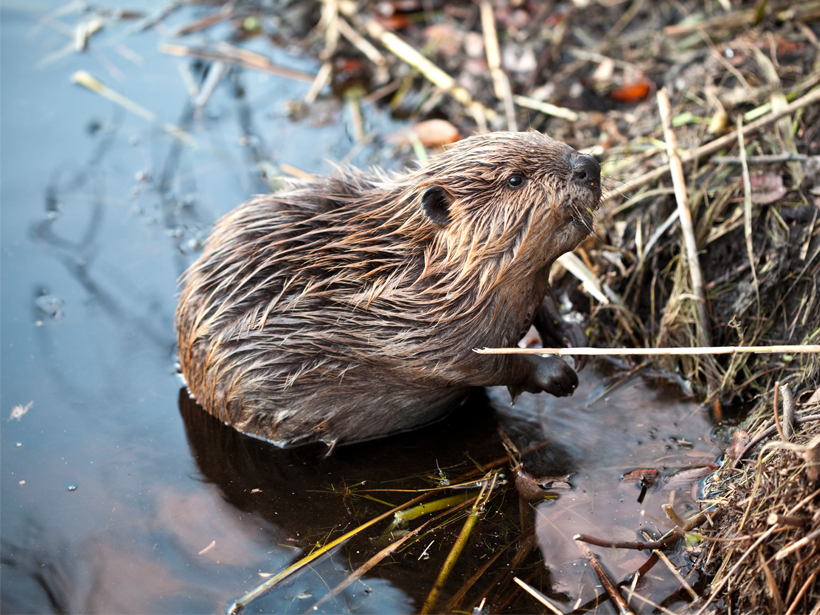PG&E shut down the power to Berkeley’s Space Sciences Laboratory right before a satellite launch.
Jenessa Duncombe
Jenessa Duncombe, a News and Features Writer for Eos, joined the team in 2018. She graduated with her master’s degree in physical oceanography from Oregon State University in 2017 and subsequently worked as a freelance writer on research ships. Jenessa first interned with Eos, became the team’s first fellow in May 2019, and joined the staff permanently in March 2020.
Another Scorcher: 2019 Was the Second-Hottest Year on Record
Heat waves, massive melts, and droughts, oh my. The past decade was our hottest yet.
Five Environmental Consequences of Australia’s Fires
Australia’s road to recovery may be long: Here’s a developing list of how the fires are affecting glaciers, wildlife, water supplies, and global carbon emissions.
First U.S. Airline Goes Carbon Neutral
JetBlue will buy carbon offsets for all domestic flights starting in July, but are carbon offsets enough to clean up a dirty industry?
Here’s What Your Favorite Ski Resort May Look Like in 2085
Ski seasons at many of North America’s western resorts might melt away by 2085 because of warming temperatures.
What Do You Get When You Cross a Thunderstorm with a Wildfire?
Lightning, fire vortices, and black hail are some of the frightening features of fire-fueled storms, which may become more common in the future.
Are Beavers Nature’s “Little Firefighters”?
It’s about dam time: Beavers are acknowledged for their firefighting skills in five recent blazes.
Human Brains Have Tiny Bits of Magnetic Material
Here’s the first map of the magnetic mineral magnetite in the human brain. Turns out that our brain stem may be full of it.
A New Source of Sea Level Rise from Greenland: Ice Slabs
Runoff from the Greenland ice sheet’s high elevations could double by 2100, thanks to solid layers of ice hiding just beneath the surface.
How to Turn Your Smartphone into an Earthquake Detector
A free smartphone app tracks earthquakes using your phone’s accelerometer. One day, the app could issue emergency warnings to those in danger.










